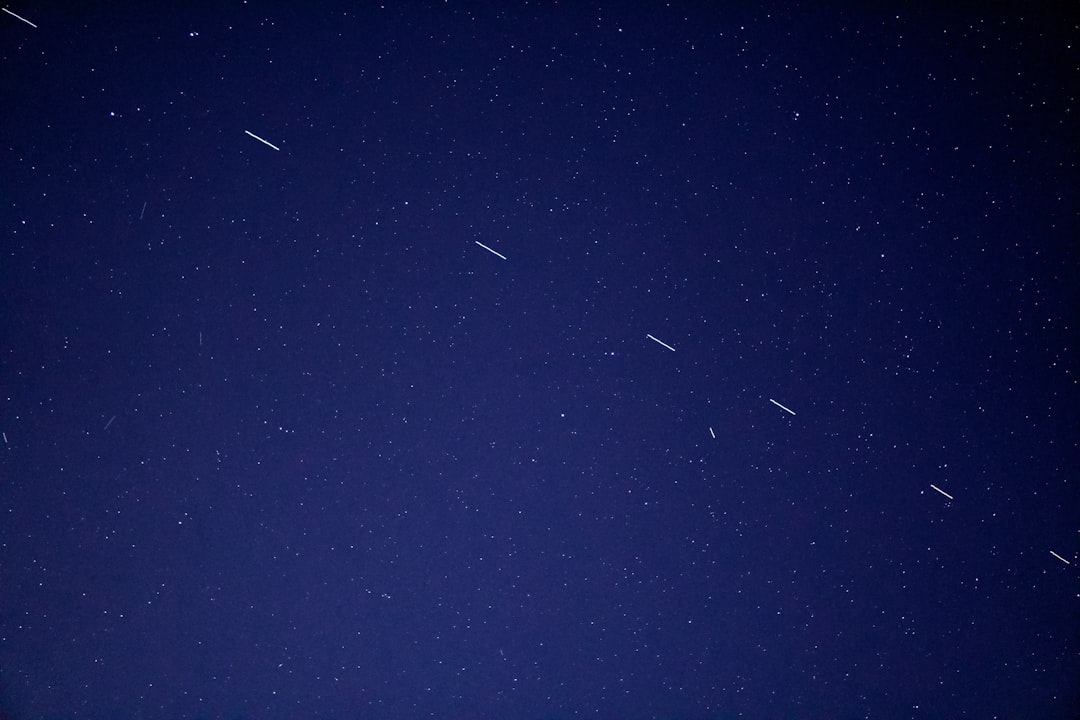What is it about?
The objective of the study was to configure a set of lunar transfer vehicles for personnel and cargo delivery to the lunar surface. These vehicles would be delivered to orbit via the reusable launch vehicle (RLV) or Shuttle and then mated together, allowing only propellant transfer between stages but not allowing on-orbit assembly. An RLV or Shuttle capable of delivering about 25,000 lb to the International Space Station orbit was assumed. If launched from the Kennedy Space Center (KSC) due east to a 86 n mile orbit, the same vehicle (assuming a single stage to orbit) could launch approximately 40,000 lb. Of this amount, about 10% would include airborne support equipment for payload support within the launch vehicle payload bay. Thus only about 36,400 lb would be usable payload. Because it was a goal of the study to eliminate on-orbit assembly, the largest payload and vehicle stage size would by definition be no larger or heavier than that amount capable of being delivered by the RLV or Shuttle to low Earth orbit. Propellant transfer from a dedicated tank in the Earth-to-orbit (ETO) payload bay to purposely off-loaded lunar vehicle propellant tanks was necessary. Both the lunar direct mode (LDM) and the Apollo-style lunar orbit rendezvous (LOR) trajectory modes were analyzed. Six vehicle sets and two mission types were evaluated. These types are briefly explained.
Featured Image
Read the Original
This page is a summary of: Lunar Landing Craft for the Reusable Launch Vehicle and Shuttle Vehicles, Journal of Spacecraft and Rockets, July 1997, American Institute of Aeronautics and Astronautics (AIAA),
DOI: 10.2514/2.3249.
You can read the full text:
Contributors
The following have contributed to this page










